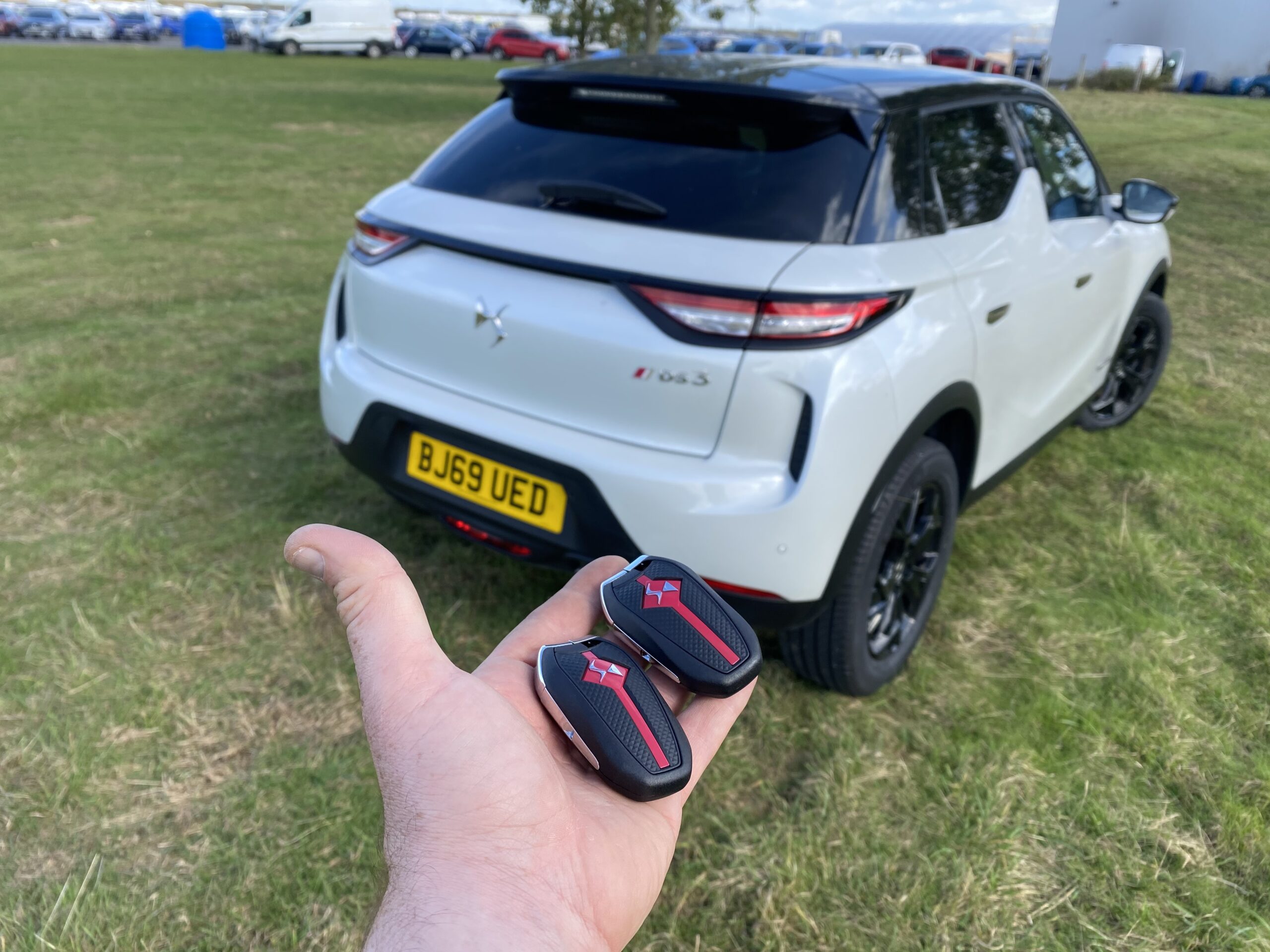
Car Key Ignition
Add a review FollowOverview
-
Sectors Administrative
-
Posted Jobs 0
-
Viewed 3
Company Description
The 10 Scariest Things About Car Key Ignition
The Essential Guide to Car Key Ignition Systems
Car key ignition systems are important elements of modern automobiles, serving the primary function of starting the engine and assisting in various automobile functions. With improvements in technology, ignition systems have developed significantly for many years, including functions such as keyless entry and wise ignition keys. This post supplies an in-depth take a look at Car Ignition Repair key ignition systems, their types, typical issues, and upkeep ideas.
Understanding Car Key Ignition Systems
At its core, a car key ignition system is composed of several key parts that interact to begin a car’s engine. The following areas detail the primary parts of a common ignition system:
Key Components
- Ignition Switch: This is the control system that activates the lorry’s electrical systems consisting of fuel shipment and starter motor.
- Ignition Coil: This element transforms low battery voltage into the high voltage needed for sparking the fuel-air mix within the engine cylinders.
- Stimulate Plugs: These are accountable for sparking the fuel-air mix, permitting the engine to run.
- Starter Motor: This motor engages the engine’s flywheel, initiating the combustion procedure.
- Key/Transponder: Traditional keys include metal blades that engage the ignition lock, while modern-day secrets typically include transponders that send out electronic signals to the ignition system for boosted security.
Types of Ignition Systems
There are mainly 2 kinds of ignition systems presently utilized in vehicles: traditional keyed ignition systems and keyless ignition systems.
Conventional Keyed Ignition
- Mechanical Ignition: Traditional systems count on a physical key that needs to be placed into the ignition cylinder. Turning the key connects numerous electrical circuits to start the engine.
Keyless Ignition Systems
- Push-Button Start: Instead of a key, vehicles are geared up with a clever key or fob that interacts with the vehicle when in proximity. Pressing the button while pressing down on the brake pedal starts the Fix Car Ignition.
- Distance Sensors: Modern keyless systems utilize sensing units to recognize the owner’s key fob, permitting seamless entry and engine start.
Comparison of Ignition Systems
| Function | Conventional Ignition | Keyless Ignition |
|---|---|---|
| Relieve of Use | Requires manual key insertion | Begins with a button press |
| Security | Requires physical key | Utilizes innovative encryption |
| Convenience | Restricted convenience | Provides hands-free gain access to |
| Cost of Replacement | Typically less costly | More expensive to replace |
Common Issues with Ignition Systems
Comprehending the potential issues that can emerge with ignition systems is important for all lorry owners. Some common issues include:
-
Faulty Ignition Switch: A malfunctioning Ignition Replacement Cost switch can avoid the engine from beginning or cause intermittent electrical problems.
-
Dead Battery: A weak or dead battery will not offer the required power to start the ignition system.
-
Key Fob Issues: For keyless ignition systems, dead batteries in the key fob can render the system worthless.

-
Stimulate Plug Failure: Worn or damaged trigger plugs can result in engine misfires and beginning problems.
-
Malfunctioning Starter Motor: If the starter motor stops working, the engine will not crank.
Troubleshooting Ignition Problems
When confronted with ignition problems, vehicle owners can take several steps to diagnose the issue:
- Check Battery Health: Inspect the battery for rust or low charge.
- Check Key Fob: If utilizing a keyless ignition, make sure the fob battery is practical.
- Listen for Sounds: If the ignition switch is turned but the engine does not crank, listen for clicks or grinding sounds.
- Examine Fuses: A blown fuse can interrupt the ignition circuit.
Upkeep Tips for Ignition Systems
Regular upkeep is important to make sure that your automobile’s ignition system stays practical. Here are some practical tips:
- Regularly Replace Batteries: Replace the battery in your key fob as part of routine lorry maintenance.
- Examine Spark Plugs: Check and replace spark plugs according to the manufacturer’s recommendation.
- Examine Ignition Switch: If you experience problem beginning the car, think about having the ignition switch checked.
- Expert Servicing: Schedule periodic examinations by certified technicians to make sure all ignition parts remain in good working condition.
FAQs About Car Key Ignition Systems
What should I do if my car does not start?
If your Car Ignition Barrel Repair fails to start, first inspect the battery and key fob. If these are functional, it might be needed to take a look at the ignition switch or starter motor.
How can I prevent key fob concerns?
Routinely changing the battery in your key fob and preventing direct exposure to moisture can assist avoid concerns.

Can I start my car without a key?
Keyless entry systems may allow some cars to be started without a physical key, but this generally requires the key fob to be within close proximity.
How typically should I replace spark plugs?
Spark plugs need to be changed roughly every 30,000 to 100,000 miles, depending on the vehicle and spark plug type.
Understanding car key ignition systems is necessary for any car owner. With understanding of how these systems function, awareness of typical problems, and dedication to regular upkeep, car owners can ensure that their cars remain reputable and safe and secure. As innovation continues to innovate in the automotive industry, remaining informed about these modifications will just improve the car ownership experience.
